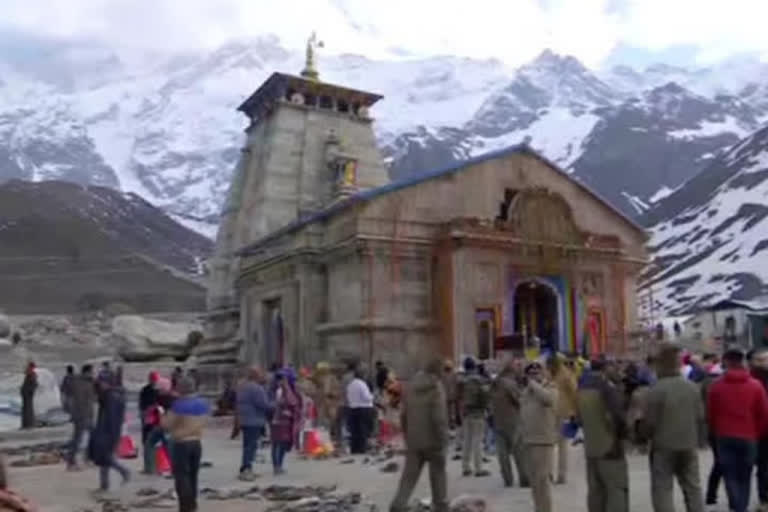Dehradun: After the Supreme Court's order, the width of Chardham All Weather Road in Uttarakhand will be reduced from two lanes to one and a half. However, since 70 per cent of the project has already been completed, the decision will have impact on a limited stretch. After the Supreme Court's order on PM Modi's dream All weather Road project people will have to be satisfied with 5.5 meter wide road rather than the 12 meter.
After the Supreme Court's order of September 8, from now on in the mountainous areas of Uttarakhand, where there are dense forest areas, the road width cannot be more than one and a half lanes or more than 5.5 meters.
What does the SC order say?
The Supreme Court on Tuesday ordered the Central government to comply with the 2018 circular of Ministry of Road Transport and Highways for constructing Char Dham National Highway connecting shrines at Yamunotri, Gangotri, Badrinath and Kedarnath in Uttarakhand.
As per the circular, the intermediate carriageway of 5.5m tarred surface has to be adopted in hilly terrain but the Centre wanted to make it 7m which the court refused to allow as it is the circular of government itself and they can not violate it.
What would be the difference?
Hariom Sharma, the head of the department of Uttarakhand PWD, said that till now 2 lane roads were being built under the All weather Road Project. Till now 12 meter road breadth meant 12 meter road cutting. On this, 8 to 10 meter road with 10 meter black top shoulder was being built. But now the road formation breadth will be reduced to around 9.5 to 10 meters. On which the black top will be 5.5 meters. It is called one and a half lane road with black top in the language of engineering. After the court's order, the road to be built now will have a difference of about two and a half to 3 meters width.
Road will be narrower
Work has to be done on about 175 km of road where the proposed width of the road will be one and a half lanes. The width of this road NH 58 which goes towards Badrinath and from Joshimath to Badrinath will be affected. The width of the road will be affected after the court's decision on the route going towards Gangotri from Uttarkashi and from Dharasu to Yamunotri on the route going towards Yamunotri. That is, the double lane highway that was going to be built earlier in these places will now be limited to one and a half lane.
